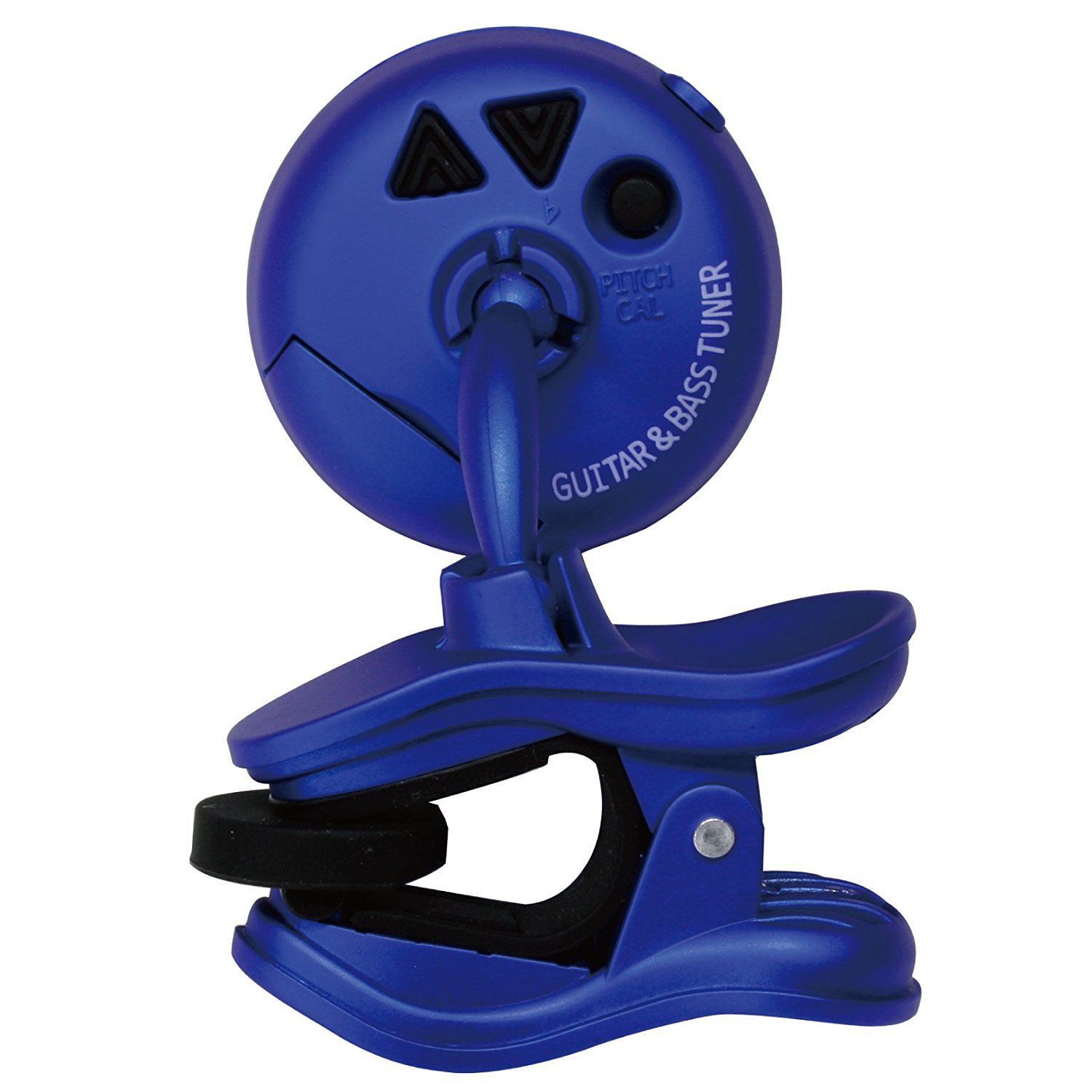
When engaged, once the guitarist plucks each string, the guitar tuner will automatically detect the input signal’s frequency to the nearest musical note that the string is oscillating at. Guitar tuners will come in both a clip-on tuner and a pedal tuner, but pedal tuners are much more advanced in terms of functionality, so they’re always our #1 pick.Ī guitar tuner pedal which is tuned to ‘standard tuning’ will be tuned to the following frequency of notes:Ħ String Guitar: E2 – 82.41hz, A2 – 110.00hz, D3 – 146.83hz, G3 – 196.00hz, B3 – 246.94hz, E4 – 329.63hz How does a Guitar tuner pedal actually work?Ī guitar tuner will analyze the inputted signals frequency (Hz), which is then directly compared to the pre-programmed frequency ranges and co-relating frequency note name i.e A4, C5, etc. Therefore, you’ll see them being used in both a studio environment and a live performance environment. Guitar Tuners are one of the most used pedals around, as it’s highly important that a guitarist keeps his/her guitar in tune at all times. If you’re on stage then true bypass should be a must have with your pedal tuner. The pedal itself is commonly integrated within a guitar effects pedal setup, usually alongside other guitar effects pedals, which are linked together.Ī lot of guitar effects pedals will provide what is known as “True Bypass”, which allows for a signal to pass through other hardware units in the sequence without signal interference or diminishment.
#Snark guitar tuner target how to
Guitar Tuner Pedals are physical hardware units that provide real-time instructional direction for the user on how to tune their guitar. What Is A Guitar Tuner Pedal? and What Makes the Best Tuner Pedal? So without further ado, let’s talk guitar tuner processing pedals.


In this article, we’re going to be discussing what the 14 best guitar tuner pedals are, that exist in 2021.īefore we go straight into talking about each product featured in the list, we’re first going to address what a guitar tuner pedal is, and how it works.


 0 kommentar(er)
0 kommentar(er)
